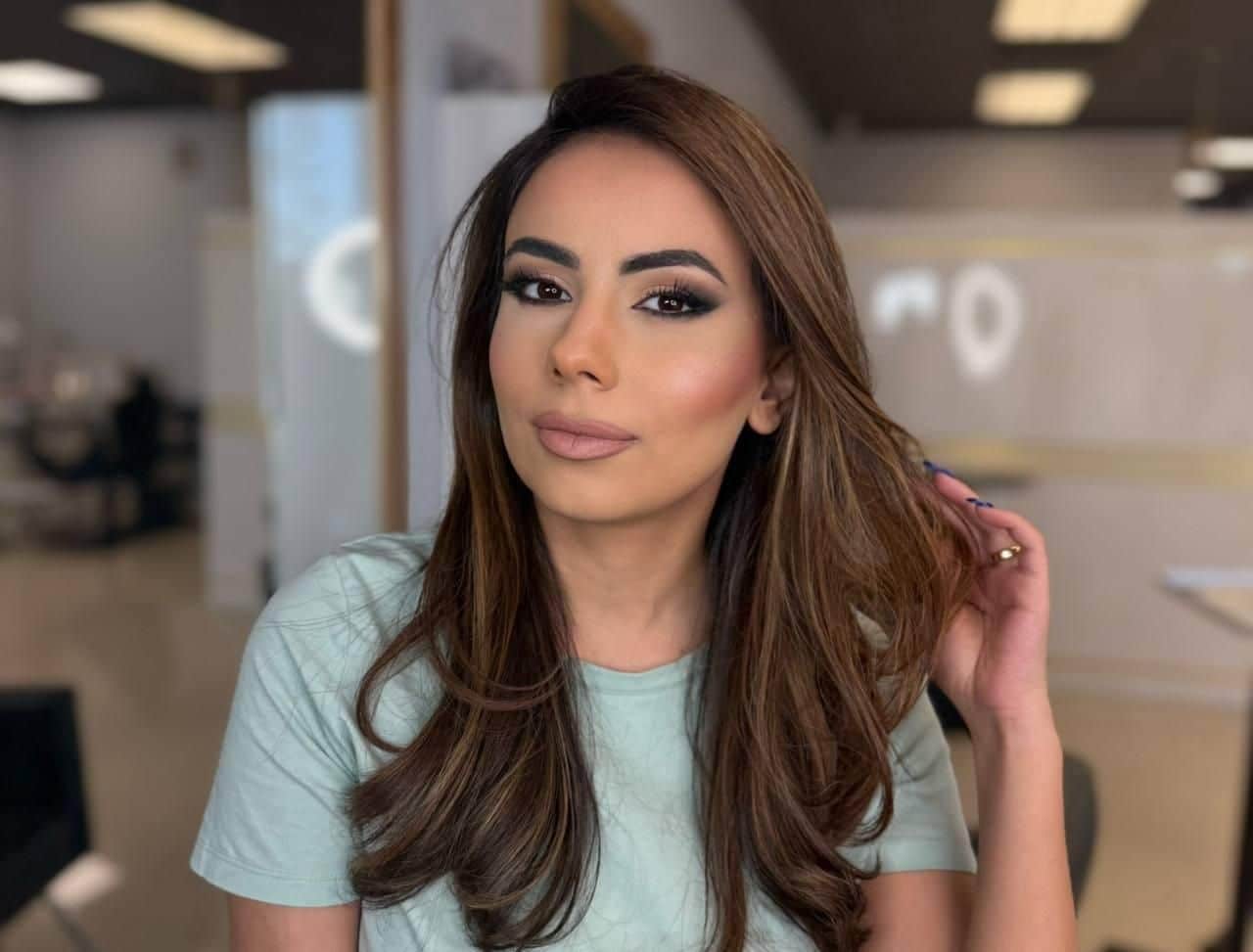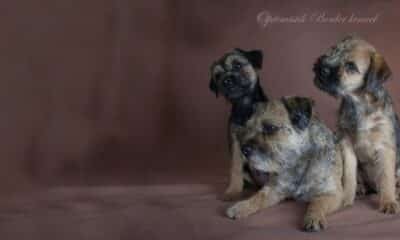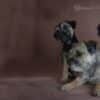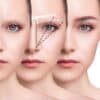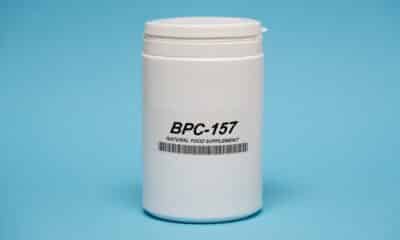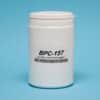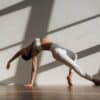Modern Approaches in Permanent Makeup: Aesthetic and Restorative Techniques
Lusine Hayrapetyan, an international permanent makeup expert and winner of the International Beauty Awards и United Talents Awards in the Best Permanent Makeup Artist category, shares her observations on shifting client demands: the focus is increasingly on reconstructive techniques, male permanent makeup, and the trend towards natural looks.
The permanent makeup industry is evolving rapidly, with clients increasingly seeking natural results and artists adopting new techniques to achieve the most authentic effect. A report by Coherent Market Insights highlights that micropigmentation is experiencing a boom, alongside growing interest in more advanced and safer technologies, such as micro-digital cartridges, certified pigments, and disposable materials. Aesthetic standards and professional approaches have also transformed: sharp graphic lines are being replaced by soft shading, delicate tones, and personalized color matching.
To understand how this field is developing today, we spoke with Lusine Hayrapetyan — an internationally recognized expert, winner of the United Talents Award and International Beauty Awards in the Best PMU Brows and Most Natural Look PMU categories, as well as a certified judge of the International Beauty Judging Academy and judge at the Beauty Fashion Trend competition. In her practice, Lusine focuses not only on aesthetic results but also on restorative techniques that allow for correcting scars, post-surgical effects, and restoring people’s confidence.
In this article, together with the expert, we examined which restorative techniques are becoming increasingly in demand, how approaches to procedure safety are changing, and what key trends will define the development of the permanent makeup industry in 2026.
Beauty-PMU
Radical changes have occurred in client preferences within the aesthetic direction of permanent makeup. Modern techniques are focused on creating the most natural results possible, where permanent makeup is virtually indistinguishable from natural features. Three main areas remain the most popular. Eyebrows continue to lead — but now clients request not sharp lines, but soft powder shading and airy blending that follows the natural shape and density of hair strokes.
Lips are also trending, but the approach has fundamentally changed: instead of bright contours, artists create a “natural tint” effect — lightly enhancing the natural lip color, making them slightly more vibrant but without artificiality.
More and more people are choosing lash line enhancement — where pigment is applied between the lashes, creating the sensation of thick lashes without visible makeup. This is especially relevant for those tired of daily eyeliner application but who want an expressive gaze.
It was her mastery of innovative techniques that earned Lusine the “Most Natural Look PMU” award at an international competition. Her approach is fundamentally different from traditional tattooing — it is an architectural, personalized process in which each procedure is tailored to the client’s unique anatomy and preferences.
Modern techniques are shifting away from graphic styles towards smooth transitions, soft shading, and maximum alignment with the natural features of the face. This requires not only technical skills but also an artistic vision from the practitioner.
“Overall, today there is a stronger demand for individuality, delicacy, and safety rather than boldness or fleeting trends. Clients want to look like the best version of themselves, not a copy of someone else’s image,” notes Lusine Hayrapetyan.
Restorative Techniques
Lusine Hayrapetyan as an expert in the field of cosmetology, notes a significant growth in interest toward the restorative direction of permanent makeup. Specialists increasingly work not only with aesthetic tasks but also with correcting various skin damage, helping clients overcome serious psychological barriers.
Lusine pays special attention to pigment-free Inkless techniques, which don’t simply mask imperfections but genuinely improve skin quality by stimulating its own restorative resources. These methods are particularly effective when working with delicate areas of skin.
«In practice, I most often encounter three types of requests: stretch marks after pregnancy or sudden weight fluctuations, post-operative scars, for example, after cesarean section or mammoplasty and scars resulting from accidents or other injuries. Many come years later, when the scar has physically healed, but still causes psychological discomfort, — the specialist explains.
In her scientific paper “Inkless Dermal Stimulation: A Scientific Review of Non‑Pigmented Approaches to Skin Regeneration” Lucine further examines modern “inkless” microneedling methods designed to stimulate skin regeneration without introducing pigments and assesses efficacy in terms of collagen stimulation, healing mechanisms, and non-invasive skin restoration.
Lusine also conducts training programs and masterclasses for artists of all levels, where she shares not only technical skills but also the philosophy of the profession. In her view, a modern specialist must understand that their work involves not only enhancing appearance but also supporting a person’s psychological well-being, helping them overcome insecurities and regain confidence. Her students are already successfully applying these principles in their practices around the world.
Technological Innovations
Over the past 5 years, the implementation of nanotechnology has significantly impacted the quality, stability, and safety of pigments used in permanent makeup. Modern formulas are developed with consideration for particle microdispersion, which allows for more even pigment distribution in the skin and minimizes the risks of side effects.
Lusine Hayrapetyan actively studies the scientific aspects of pigmentation and publishes scientific-practical articles on safe pigmentation, skin micro-damage, and restoration of its barrier functions after invasive procedures.
“Thanks to the reduction of particle size to micron and submicron levels, pigments lay more softly, evenly, and predictably. This is especially important for delicate, ‘smoky’ techniques — such as powder shading and watercolor lips,” — the expert explains.
Modern techniques have become more biocompatible. Thanks to improved particle structure, the risk of rejection, inflammation, or allergic reactions is reduced. The pigment integrates with skin tissues more naturally, interacting with them gently and harmoniously, which ensures not only aesthetic results but also procedure safety.
2026 Trends
As a certified official judge of the International Beauty Judging Academy, Lusine Hayrapetyan has the opportunity to observe industry development from within. She notes that more and more artists are actively mastering new technologies and following current trends.
Mini-invasive hybrid techniques (PMU + care) are becoming one of the main directions in the coming years. Procedures are already emerging where permanent makeup is combined with using special serums — for example, lip shading with peptides and collagen stimulation. This approach allows for simultaneously improving skin quality and achieving the desired aesthetic result.
Male permanent makeup deserves special attention — a trend that is confidently gaining momentum and ceasing to be a niche direction.
“Modern men are increasingly turning to procedures that help delicately emphasize facial features, correct asymmetry, or eliminate cosmetic imperfections, while maintaining maximum naturalness of the result,” — emphasizes the cosmetologist.
As shown by the experience and practice of Lusine Hayrapetyan, the future of the industry lies with personalized, biocompatible, and multifunctional solutions that work in harmony with the body’s natural processes.

